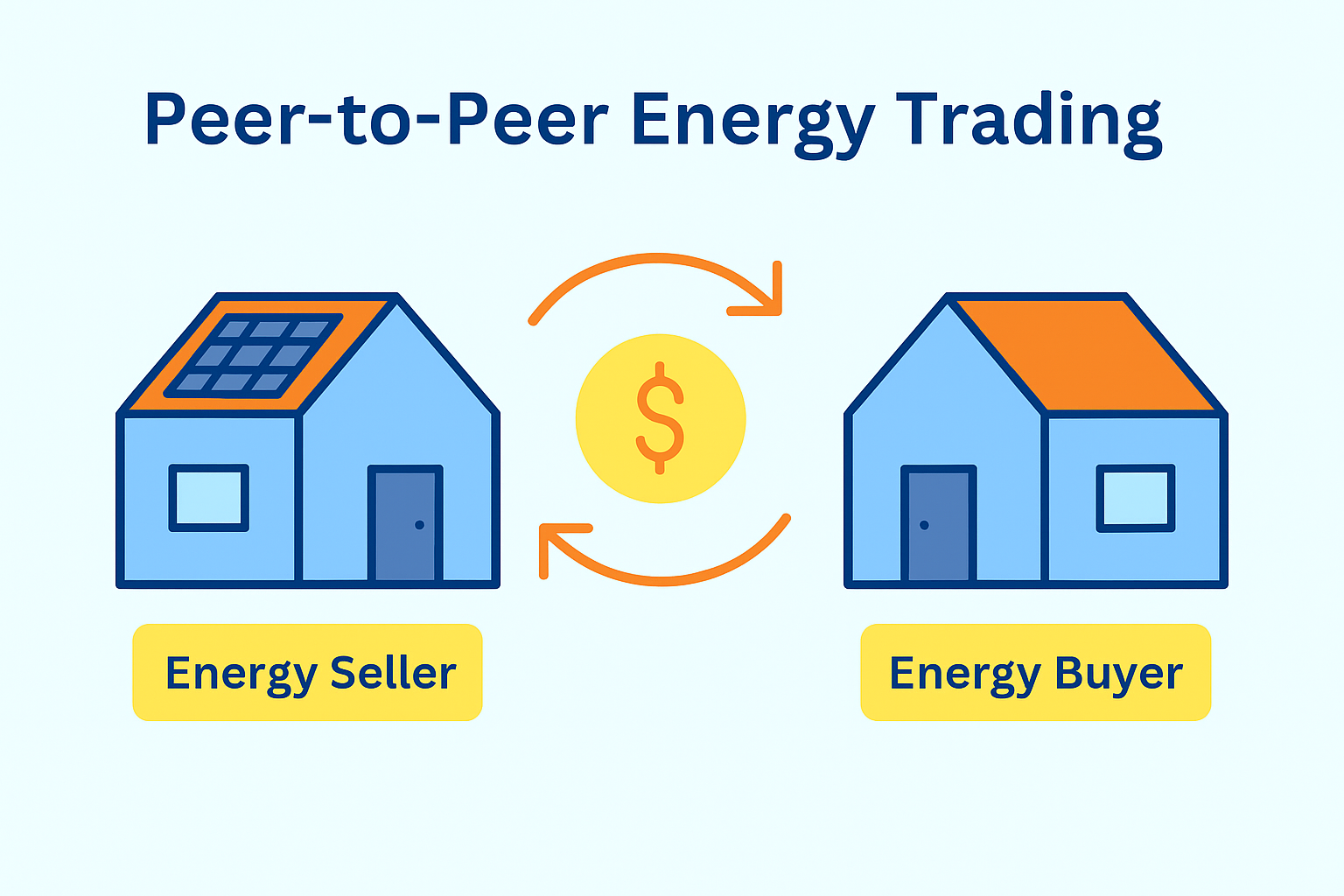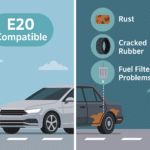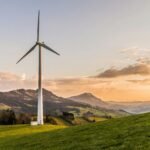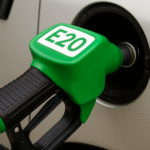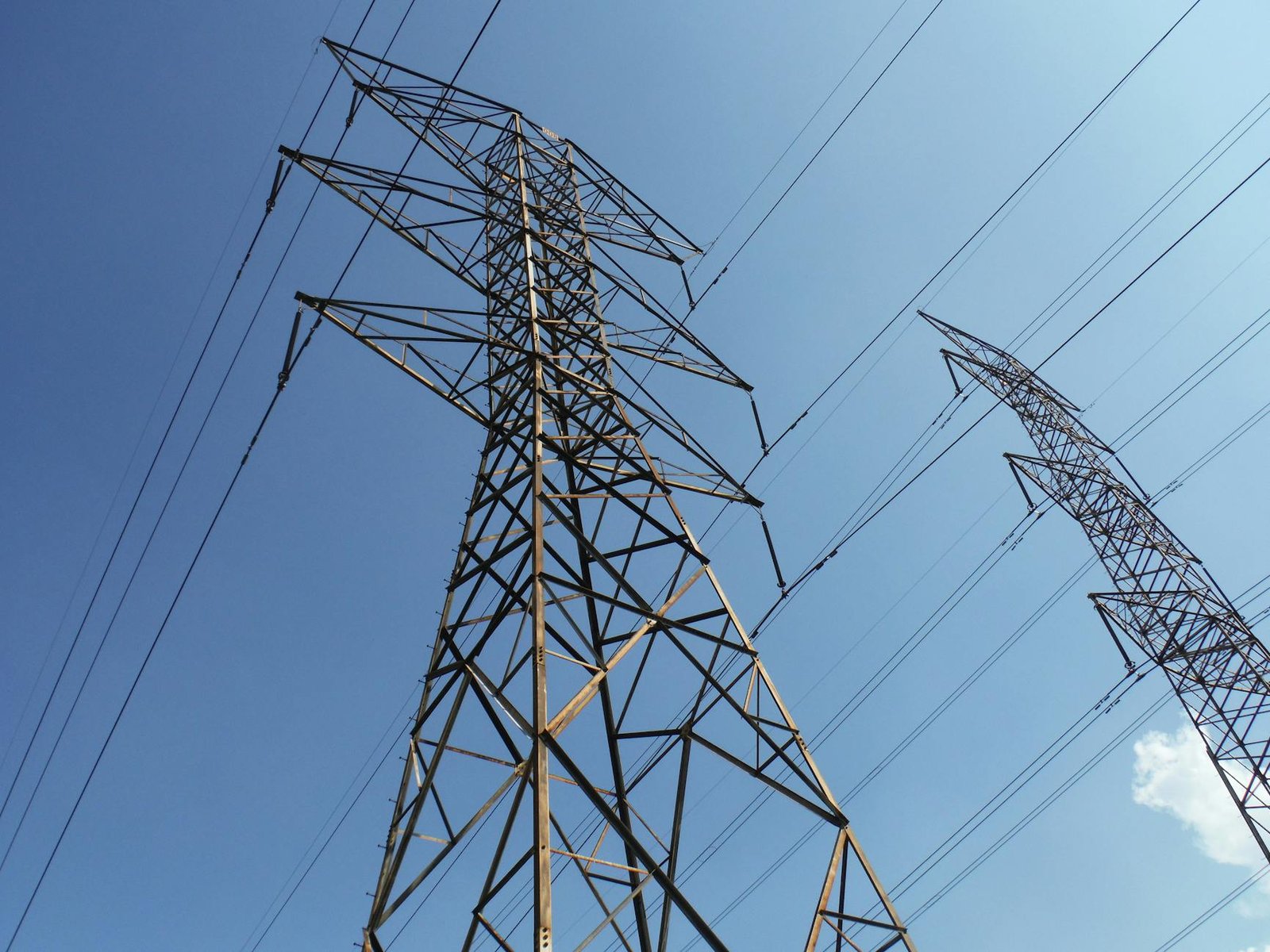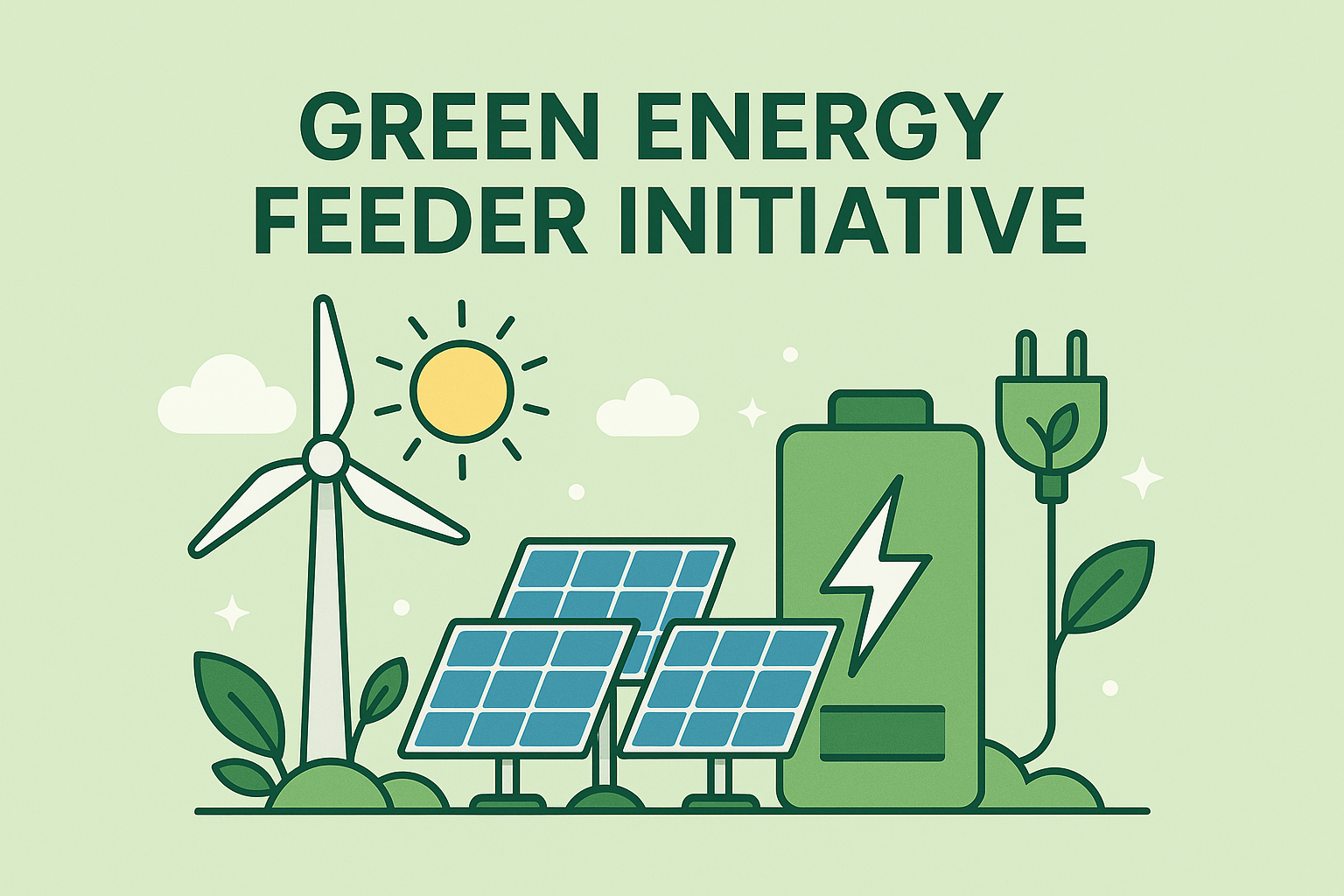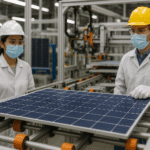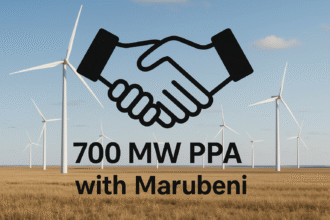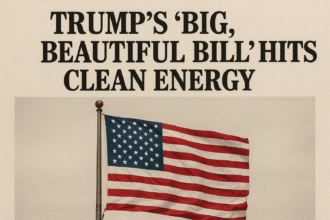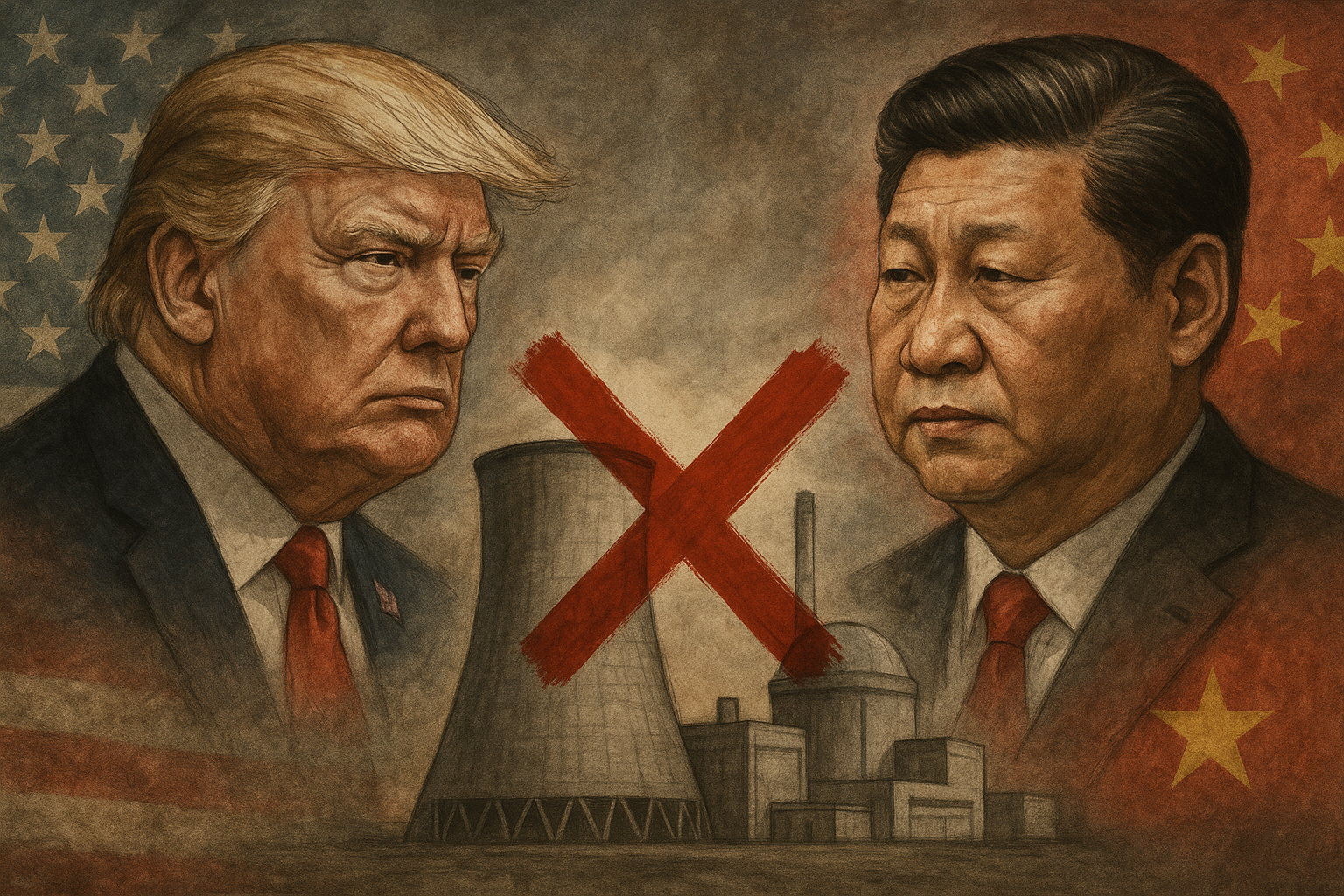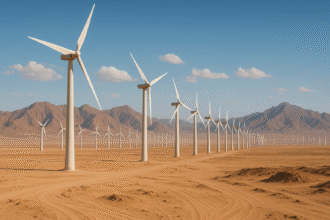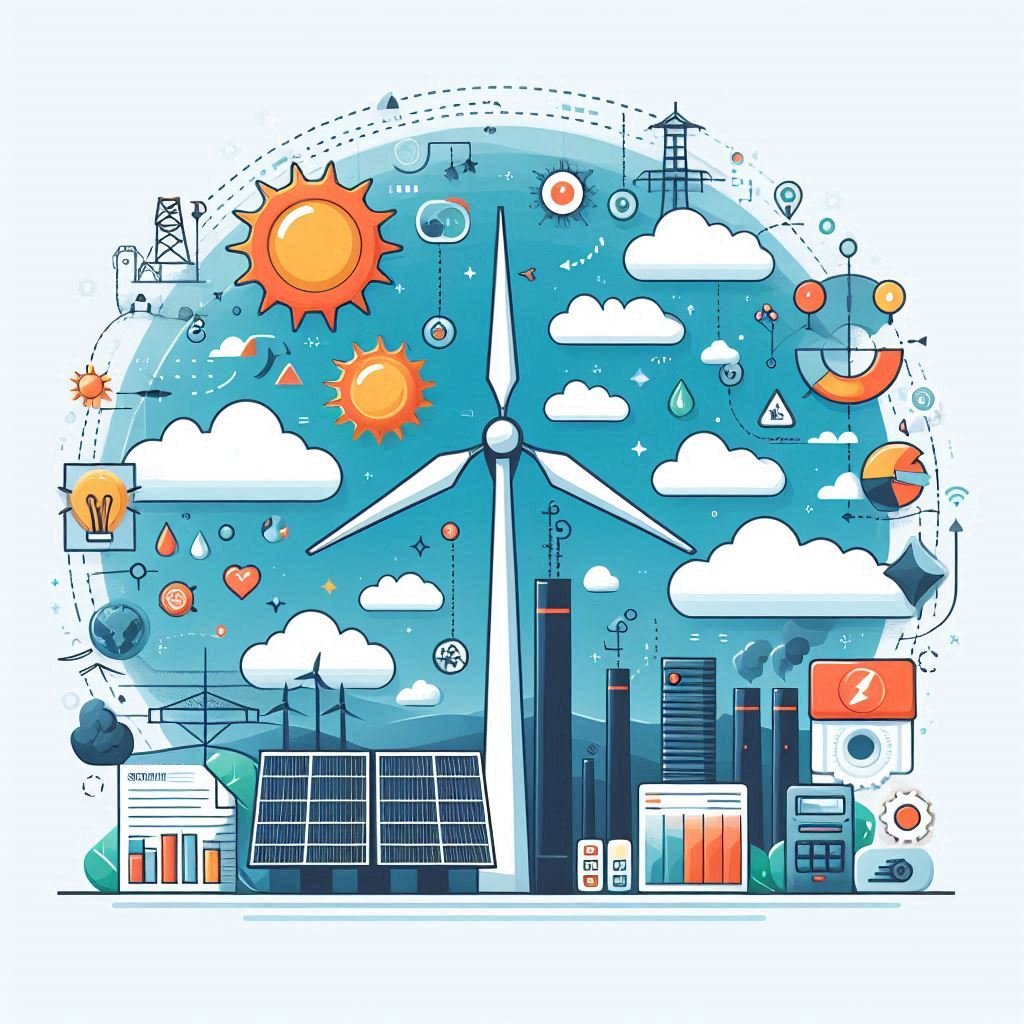“Clean-energy capital is now mainstream, but without commensurate investment in transmission and distribution, we risk leaving large amounts of cheap, zero-carbon power unused.”
-Fatih Birol, IEA Executive Director
Paris, June 7, 2025 – Investment in clean-energy technologies is set to reach an unprecedented $2.2 trillion in 2025, out of a total $3.3 trillion projected for global energy spending, according to the International Energy Agency’s newly released World Energy Investment 2025 report. While this surge underscores the world’s accelerating shift away from fossil fuels, the IEA warns that electricity networks are ill-prepared for the influx of variable renewables without massive grid-upgrade financing.
Clean-Energy Outpaces Oil and Gas
For the first time outside the pandemic years, capital flows into upstream oil and gas are expected to decline by 6 percent, even as overall spending on coal and gas production remains flat. In contrast, wind and solar installations, nuclear projects, battery storage, hydrogen electrolyzers, and grid-modernization efforts will account for two-thirds of total energy investment this year—a clear turning point for the global transition.
- Solar PV Leads: With $450 billion earmarked for new solar farms, PV remains the single largest beneficiary.
- Battery Storage Boom: Spending on grid-scale batteries will cross $66 billion, driven by demand for system flexibility.
- Nuclear Revival: Financing for nuclear has jumped 50 percent over five years, surpassing $70 billion, fueled by both large reactors and small modular designs.
Grid Readiness: The Missing Link
Despite record generation and storage funding, annual grid-infrastructure spending—roughly $400 billion today—falls well short of the levels needed to integrate nearly 500 GW of additional renewables by 2030. The IEA calls for:
- Regulatory Streamlining – Fast-track approvals for high-voltage lines and substations.
- Innovative Financing – Green bonds, public-private partnerships, and blended finance to share costs.
- Smart-Grid Technologies – Digital controls, advanced metering, and demand-response to optimize existing networks.
Leading Markets and Emerging Hubs
China remains the largest clean-energy investor, accounting for almost one-third of global clean-tech spending, closely followed by the United States and the European Union. However, the IEA notes rising contributions from India, Brazil, and parts of Southeast Asia.
In fact, as we reported in our coverage of India Energy Storage Week 2025, India is targeting 75 GW/160 GWh of battery storage by 2030 to stabilize its increasingly renewables-rich grid, with over ₹8,000 crore in deals expected at next month’s Delhi conference. Likewise, state-level initiatives such as Assam’s rollout of CNG pumps and EV chargers illustrate how regional governments are building the infrastructure needed to absorb clean power locally.
Implications for Policy and Industry
The IEA’s findings offer a clear roadmap for both governments and investors:
- Policy Makers must match renewable build-out with grid enhancement programs and more ambitious targets for storage and flexibility services.
- Investors should seize opportunities in transmission, substation upgrades, and advanced network management systems—areas poised for rapid growth as clean-energy capacity expands.
- Manufacturers of renewable-energy equipment, batteries, and smart-grid hardware can benefit from the surge in global capital and the diversification of supply chains beyond traditional markets.
With clean-energy investment now doubling that of fossil fuels, the global energy landscape is entering a new era. Yet, unlocking the full potential of renewables will hinge on bolstering the grids that carry them.



